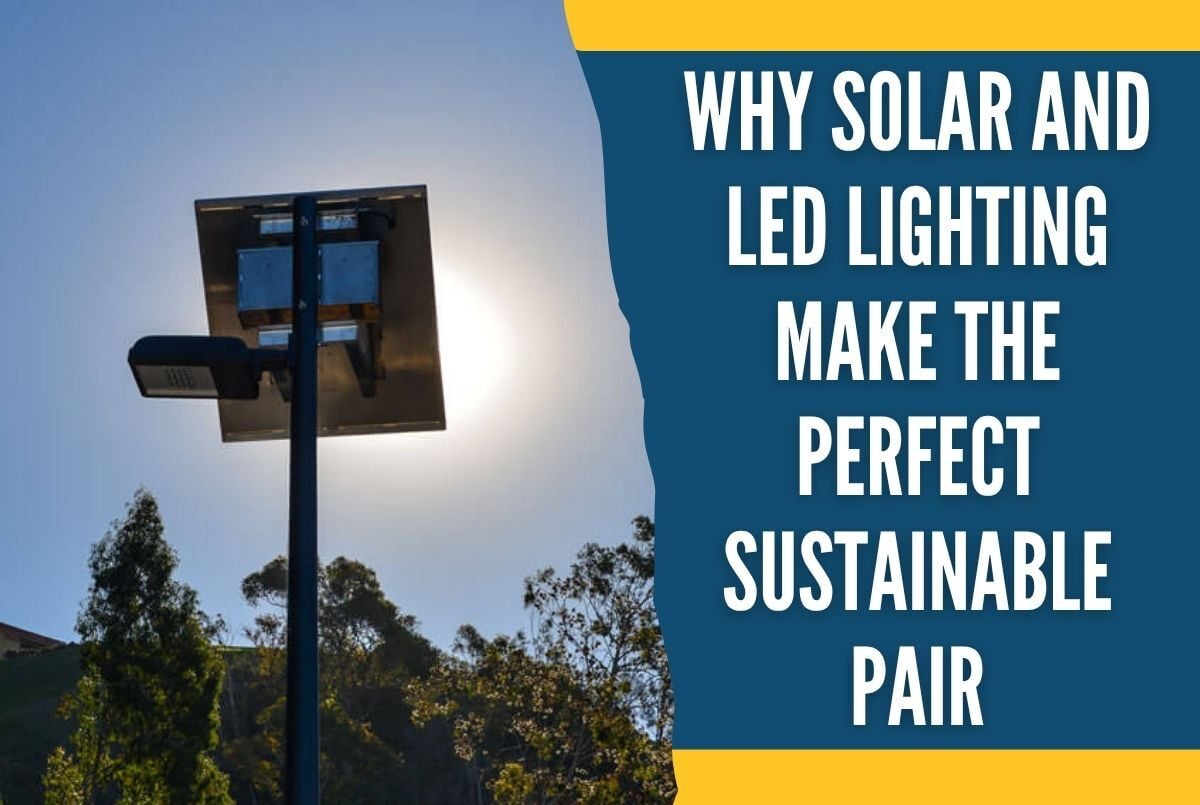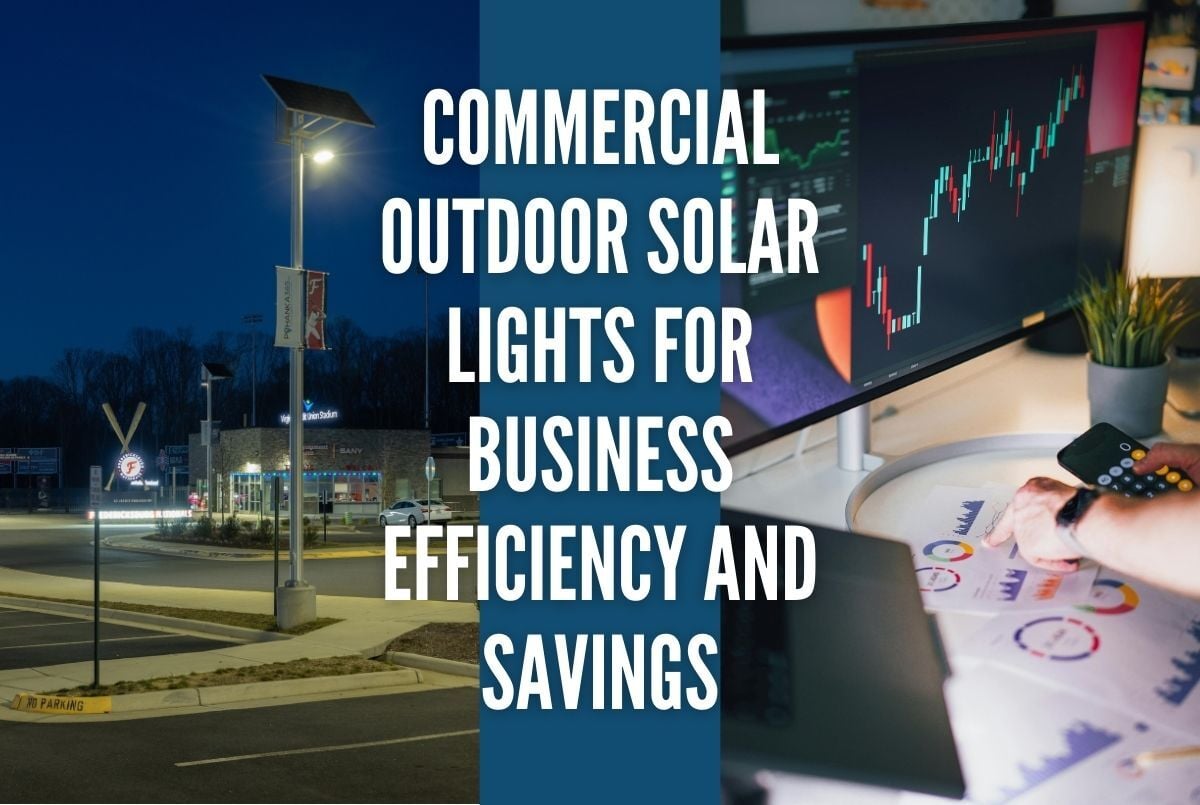How Do Solar-Powered LED Lights Work?
To understand the value of SEPCO’s solar-powered solutions, you may be wondering, “How do solar-powered LED lights work?” Explore SEPCO’s guide on how solar-powered lights work to comprehend the science behind solar lighting.
So, How Do Solar-Powered Lights Work?
-
During the day, solar panels convert sunlight into electricity. This happens because light photons strike a solar cell and knock electrons free from the silicon atoms of the cell's crystal structure.
-
The power generated from the solar is fed through our charge/load controller, which charges the battery.
-
The solar panel acts as a photocell turning the light on at night. The charge/load controller controls the discharge of the battery powering the light fixture to provide accurate lighting operation.
-
The charge/load controller senses when the panels start to generate power again at sunrise, turns the light back off in the morning, and returns to charging mode.
Note:
The solar modules come in a variety of Wattages and can be put together to create even more power. The needs of the device or devices and the geographic location of the installation determines the needed amount of solar power. For example, one light in Texas may use an 85-Watt panel, but the same light would need a larger panel or panels in Michigan. Making sure that you have the correct Wattage is necessary for the application is critical when determining the solar panel used.
Lighting 101
Standard Lighting Terminology
To properly convey how solar-powered lights work, we’ll first need to provide you with some common jargon used in solar energy.
Watt –A quantifiable measure of power consumed
Foot Candle (FC) – A unit of illumination of one square foot which is one foot away from a uniform light source
- 1 FC = 1 Lumen / Square Foot
Min – Minimum amount of light
Max – Maximum measurement of light
Uniform – Lighting that has even illumination across an area with a low min to max lighting ratio
Spacing – measurement of space usually in feet from one light pole to the next
Color Rendition Index (CRI) – a way to assess how light sources make objects appear. Any CRI greater than 80 has good color properties
Average Rated Life – referred to in lamp life is actually the median
Mounting Height – the measurement from the ground to the light source
Distribution (I-V) – Determines how far light is emitted to each side of a fixture and to the front (street side) and back (house side)
-
Type I – long linear pattern, long distance to the sides with a short pattern out to the front and back
-
Type II – Progressively growing distance to the front and back and shortening of the linear sides
-
Type III – most commonly available in most fixture types has a perfect oval shape
-
Type IV – has a more circular pattern with linear sides that extend farther on the sides
-
Type V – Round circular pattern same distance from front to back and side to side
-
Non-cutoff – light is emitted in all directions
-
Semi-cutoff – most of the light is emitted below 90 degrees
-
Cutoff – controlled lighting where less than 2.5% of the light is allowed to escape the fixture above 90 degrees
-
Full-cutoff – used in dark sky friendly locations, optics put the light on the ground below the fixture not allowing light to emit above 90 degrees
Anatomy and Physiology of the Human Eye
Power 101
Standard Solar Power Terminology
Common Terms
Current—a flow of electrical energy
Diode—a device through which electrical current can move freely only in one direction
Electron—subatomic particle having a negative charge
Inverter—a device capable of converting electrical energy from DC to AC or vice versa.
Photovoltaic—produces electrical voltage when exposed to light
Semiconductor—a crystalline substance having electrical conductivity somewhere between a conductor and an insulator
Silicon—a nonmetallic element used often as a semiconductor
Basics
Solar power is the technology of harnessing usable energy from the sun. Solar panels are made up of photovoltaic (PV) cells. A module is a group of cells electrically connected and packaged in one frame. PV cells are composed of special materials called semiconductors, most commonly silicon. When energy in the form of heat from the sun is added to the silicon, it causes electrons to break free from their orbit around the nuclei of the silicon atoms. These atoms are left with a positive charge, while the electrons carry a negative charge. The electrons, or free carriers, carry an electrical current. The free carriers roam around until they find atoms lacking an electron and then fall into the orbit of these atoms. The electric field surrounding the solar cells acts as a diode allowing electrons to flow in a certain direction. This flow is an electrical current. When using metal on the top and bottom of the cells, we can direct that current to be usable outside of the panel, which is the explanation behind how solar-powered lights work.
Energy Storage
A solar power system requires an energy storage unit called a battery in order to use the energy obtained throughout the day. The batteries need to be deep-cycle, which can discharge a great portion of their stored energy while maintaining a long lifespan. The batteries are 100% recyclable and qualify as non-hazardous goods for air, land, and sea shipment.
The use of batteries requires a charge controller. The charge controller ensures that the batteries are not overcharged during the day or drained too much at night. Once the battery has been drained down to a certain level, the controller will not allow more current to be drained in order to protect the battery from damage.
Current
The electricity produced by the solar power system is direct current or DC. SEPCO’s systems can run DC electric devices directly. If the device requires AC, SEPCO’s product line offers an inverter upgrade to run these devices.
Now that you understand how solar-powered LED lights work, you can better understand why SEPCO’s lighting solutions make more cost-effective and sustainable options for companies around the world looking to save money and go green.
Latest Collection

Let’s Have a Green Thanksgiving
Thanksgiving has evolved over the last couple of generations. It has become more of a time of commercialism and less about giving thanks for all the...
Not sure where to start?
Check out our solar lighting design guide and see what it takes to design a commercial solar lighting system.


